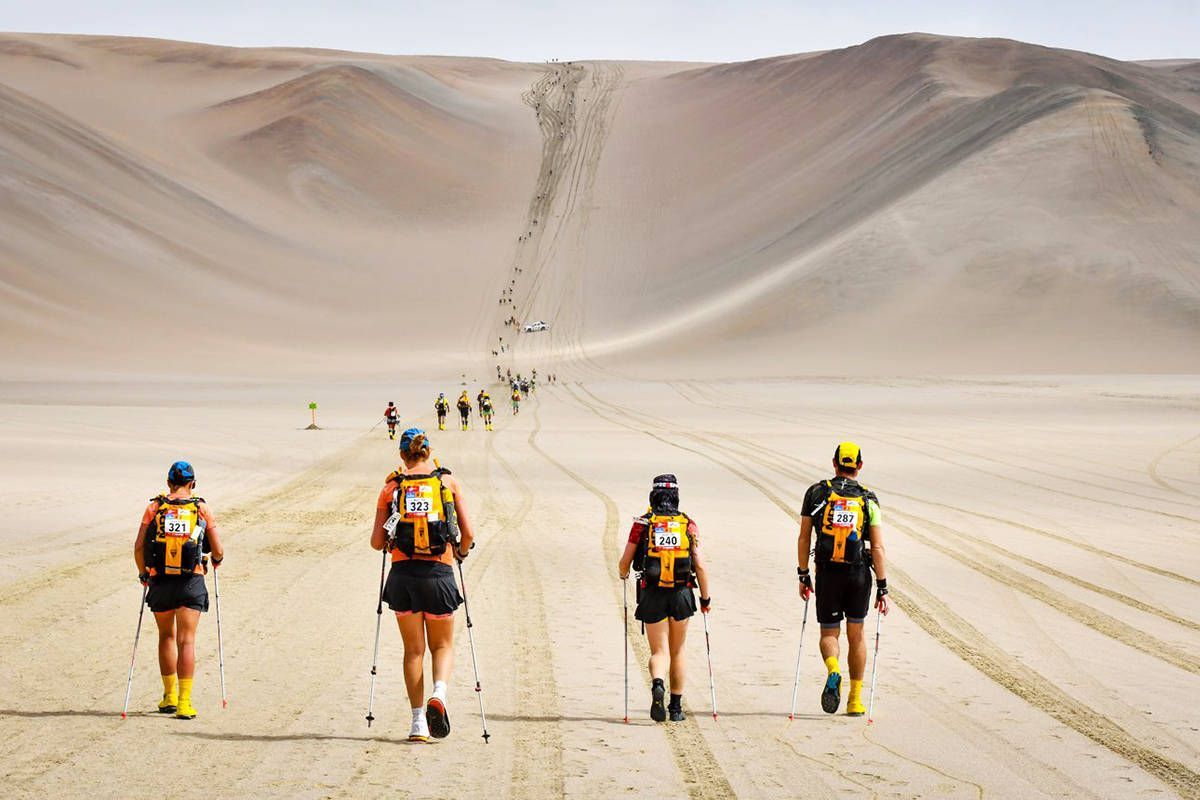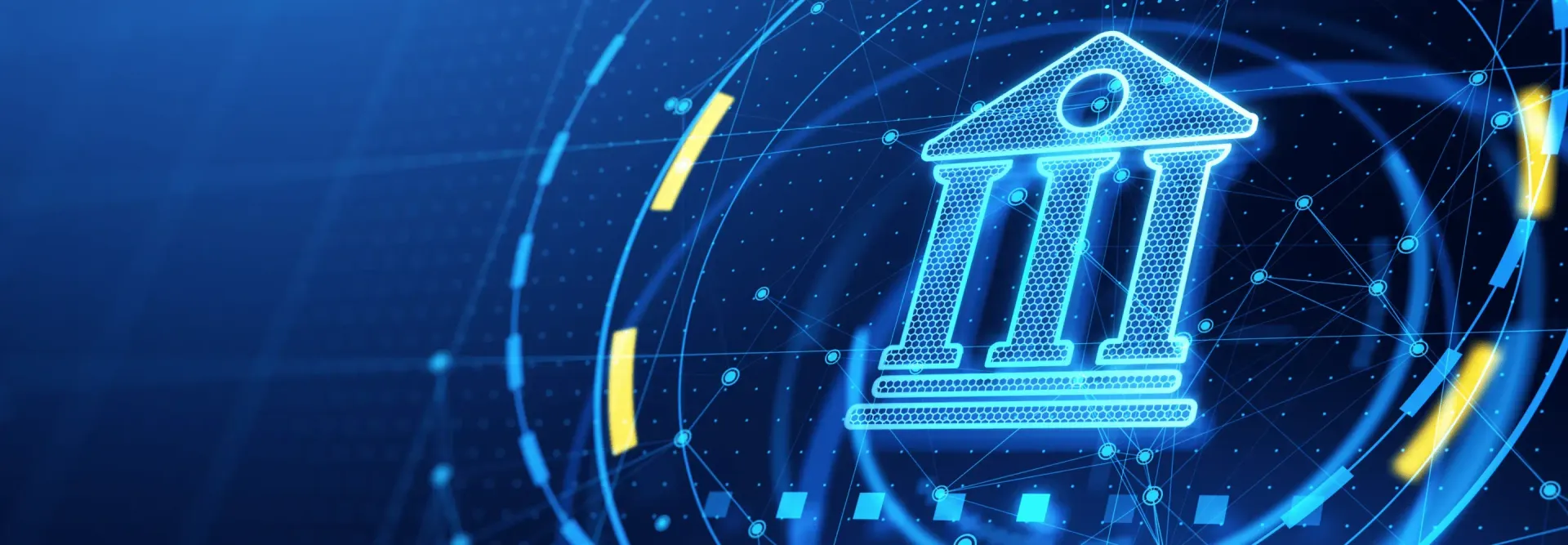Technology Scouting and Open Innovation
Alessio De Filippis • 7 September 2020
How to see over the horizon

Technology Scouting is a main driver of Open Innovation processes.
New technology scouting is a never-ending process
that needs a precise methodology to guarantee a constant commitment and therefore an overall effectiveness.
Technology scouting is a common practice among end-ups and start-ups. It’s an iterative process that collects information about new technologies and opportunity windows. Every organization find new technologies, collect information about them, validate them, find alternatives, select the most suitable or attractive solution. Like in an innovation funnel framework, it starts with the identification of company’s needs. The second step is the deploy of a scouting phase for collecting a set of alternatives. The third one is the assessment of the alternatives and, after the identification of the best scenario, it’s possible to start the final phase, the adoption of the new technology.
The first step refers to the company’s needs identification that is less easy than it can seem. It’s needed a clear vision of company’s present and future internal and external context, it’s needed a precise list of needs and subsequent details that furthermore will lead to the setting of selection criteria for the scouting step.
During the searching step, some profiles responsible for the scouting are needed that can be involved in a wide scouting of every possible scenario. The scout profile is a real skilled resource with the suitable experiences and capabilities.
The selection step is based on the criteria identified during the staring phase. The more interdisciplinary is the team responsible for the selection step, the more effective and disrupting is the potential output of the section step. Nevertheless, it’s needed to manage the tradeoff between the complexity of managing a multidisciplinary team and its potential performance.
This is a very risky choice.
Sometimes not only scientific or technologic profiles are needed but they have to collaborate with a set of people with different backgrounds and languages like sociologists or psychologists, marketer and so on..
The selection step is the most iterative moment of the overall process. It’s important that the team has a clear focus and furthermore is aware that the selection phase has not to end with the selection of a solution among the alternatives they have. The output can also be that none of the solutions proposed are suitable for company’s needed. If so, a new searching phase can start. It’s even possible that no solution is available on the market and the team must be aware of that possible output.
Solution and first approach
When the team has identified a solution it’s needed a first approach with the organization that has the intellectual property of the technology in order to assess the opportunity of a negotiation (Do they want to collaborate on the further development needed? Do they want to sell the technology? Can they share information about the technology? Etc.). During this step, It’s needed to collect all the information available on the technology to assess the feasibility study and understand if the hypothesis made on its suitability can be confirmed.
If everything has gone in the right way, the scouting ended and the company can start the adoption of the technology and therefore the development of a new product, process etc.
Searching new technologies and starting a collaboration with scouts, other companies or universities that own the technologies that you need requires a deep external orientation, a cultural commitment towards collaboration and openness that not every organization has.
It’s is not easy, because the overall process needs organizational, cultural and financial capabilities, but an open innovation approach is a powerful enabler of company’s competitiveness and innovation attitude in the modern unpredictable and complex competitive ecosystem.
Cover picture by Jean-Jacques Alcalay
See Also:
- Innovation Funnel - University of Cambridge: https://www.ifm.eng.cam.ac.uk/research/dstools/innovation-funnel/
- Reshaping the funnel – IBM: https://www-935.ibm.com/services/ph/igs/pdf/g510- 3224-00- reshaping-the-funnel.pdf
by Alessio De Filippis, Founder and Partner @ Libentium.
Founder and Partner of Libentium, developing projects mainly focused on Marketing and Sales innovations for different type of organizations (Multinationals, SMEs, - Start-ups).
Cross-industry experience: Media, TLC, Oil & Gas, Leisure & Travel, Biotech, ICT.











